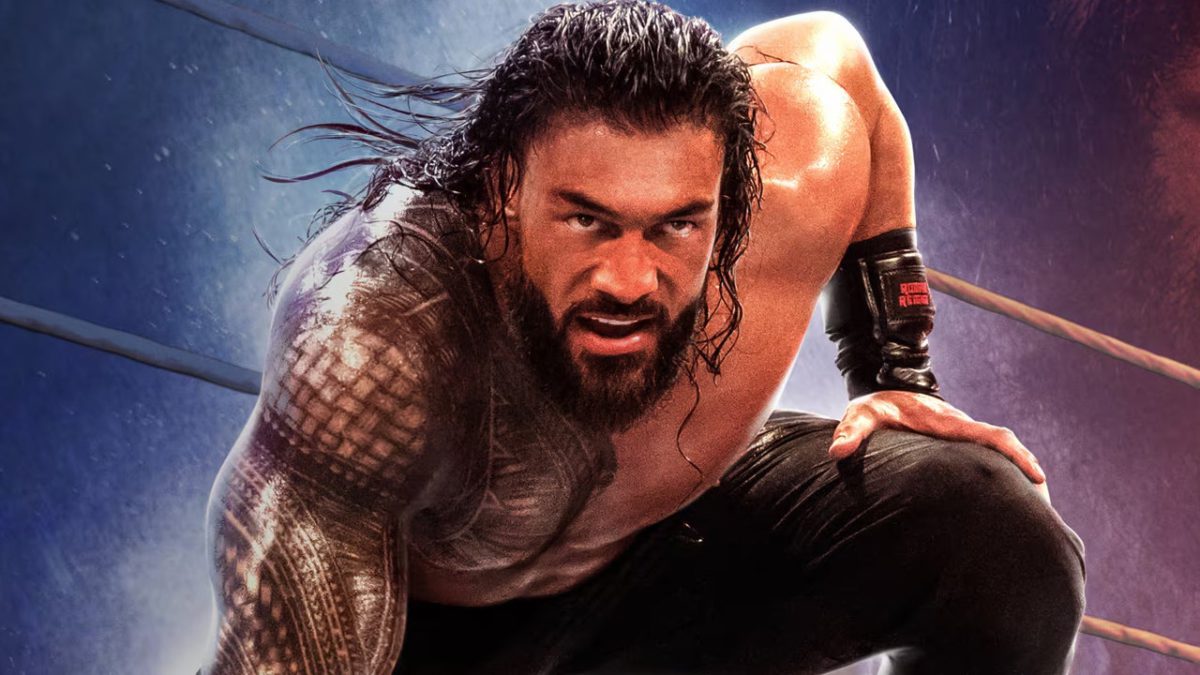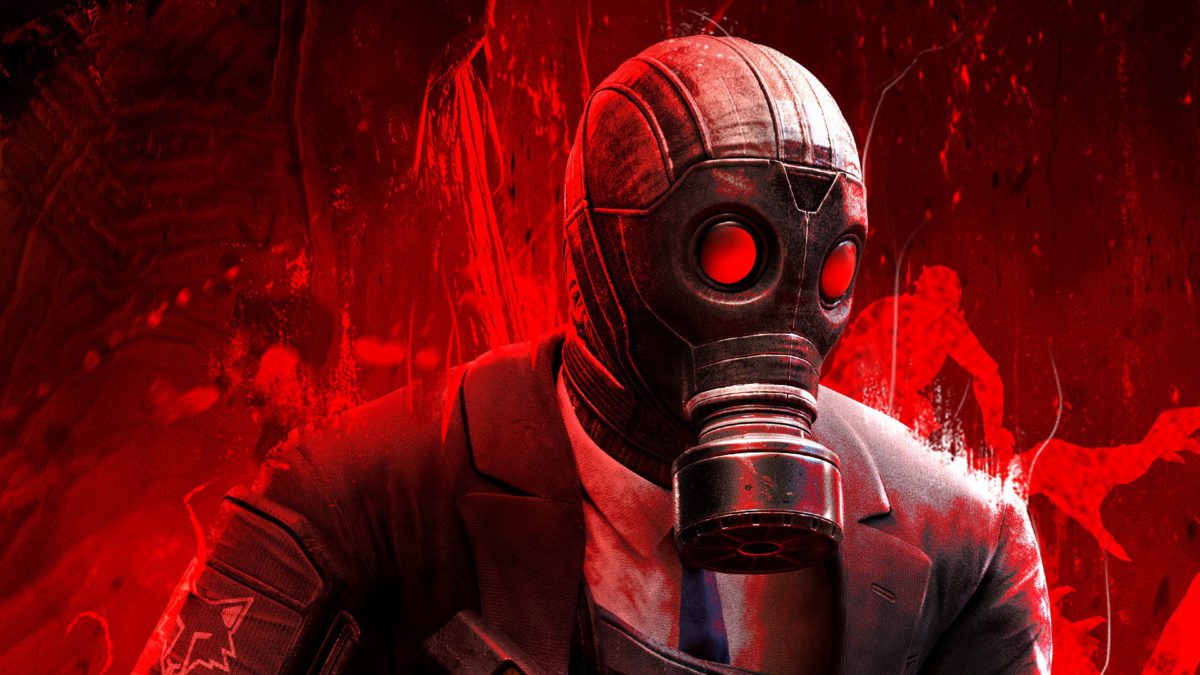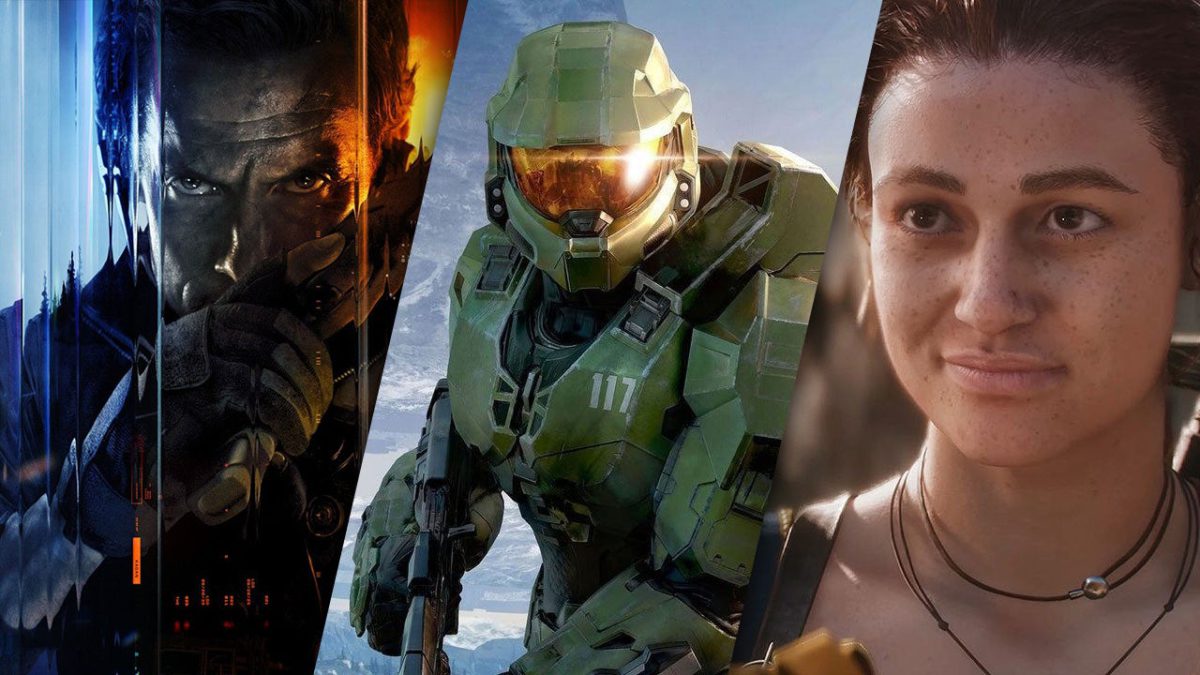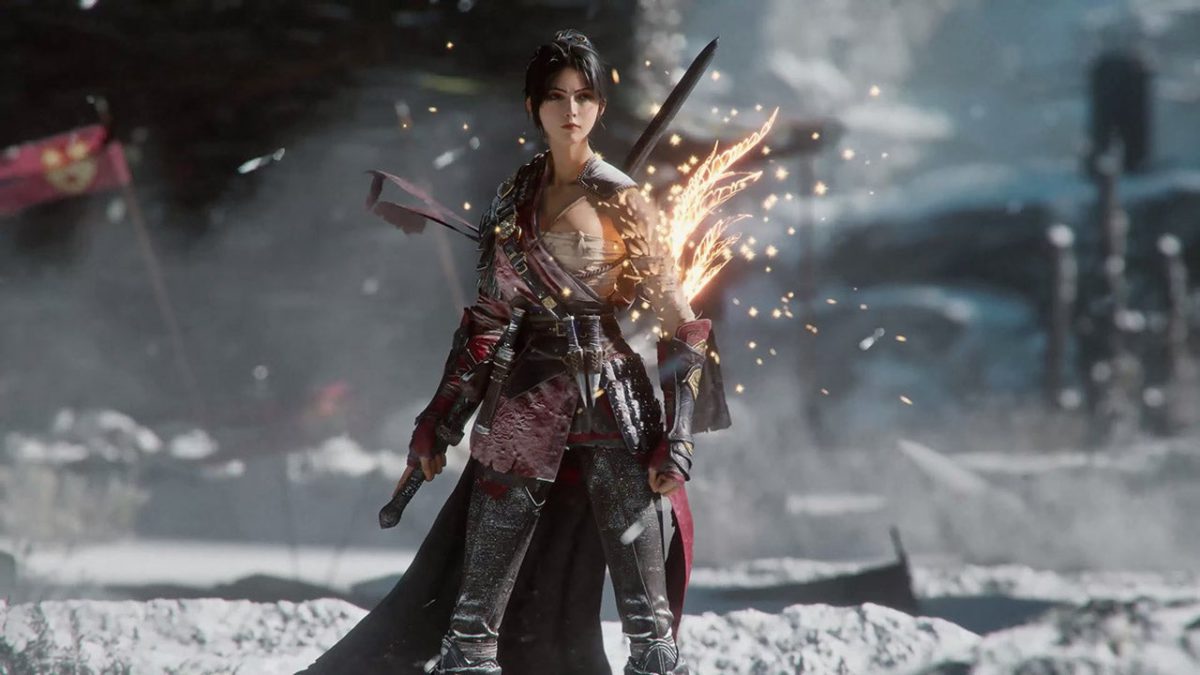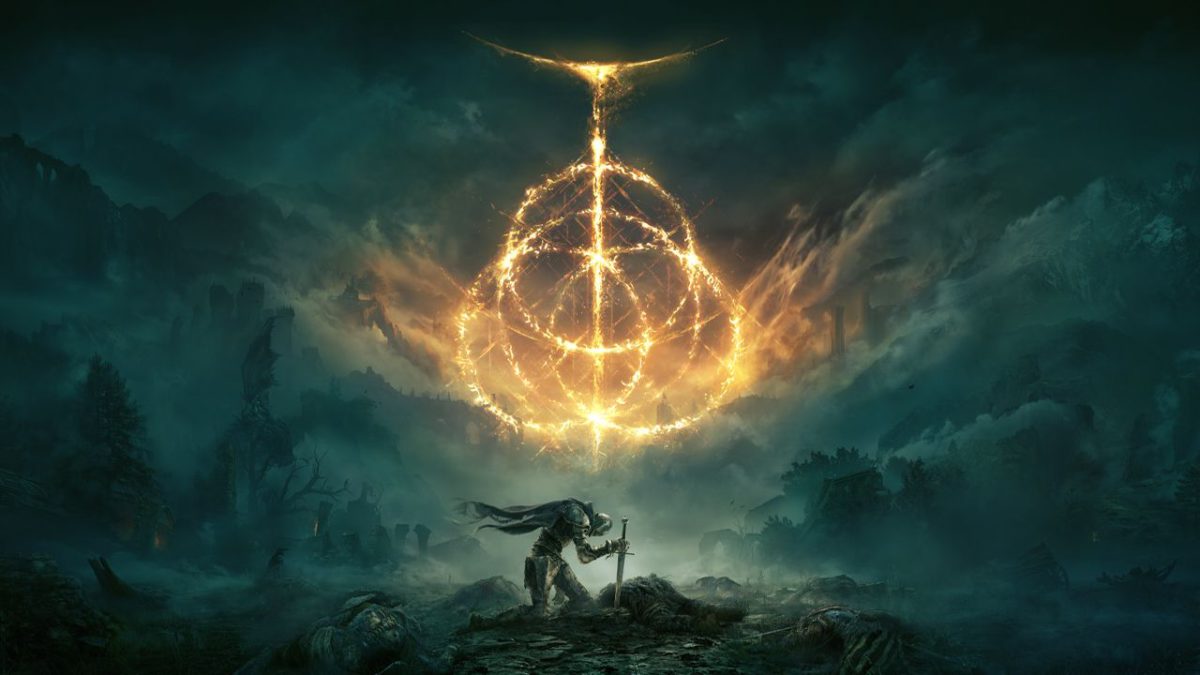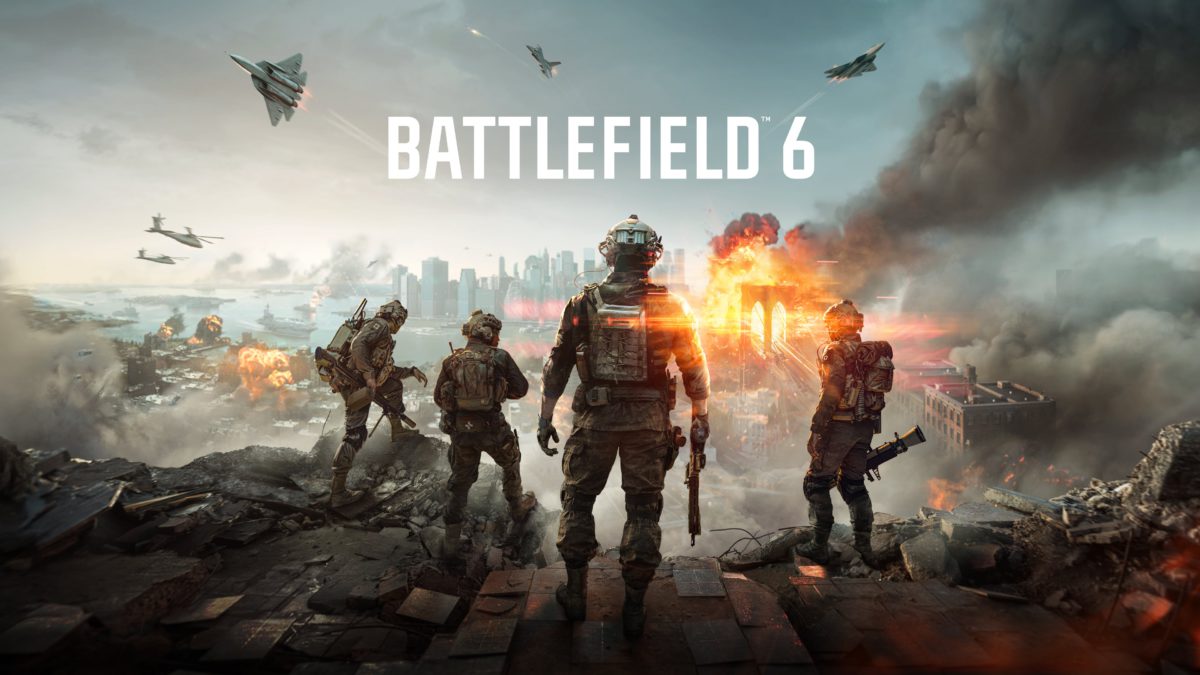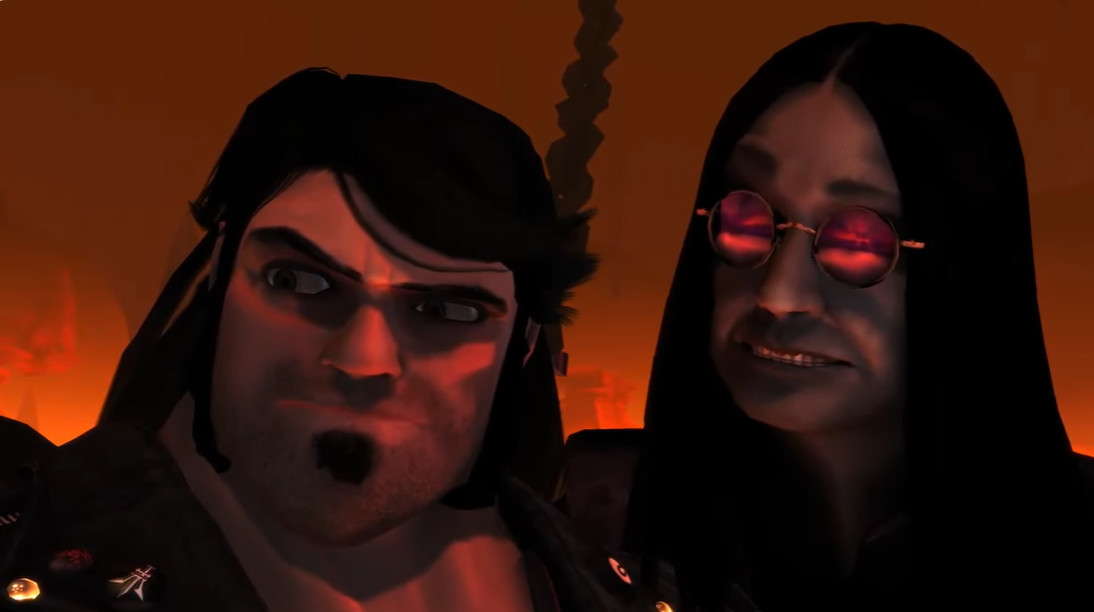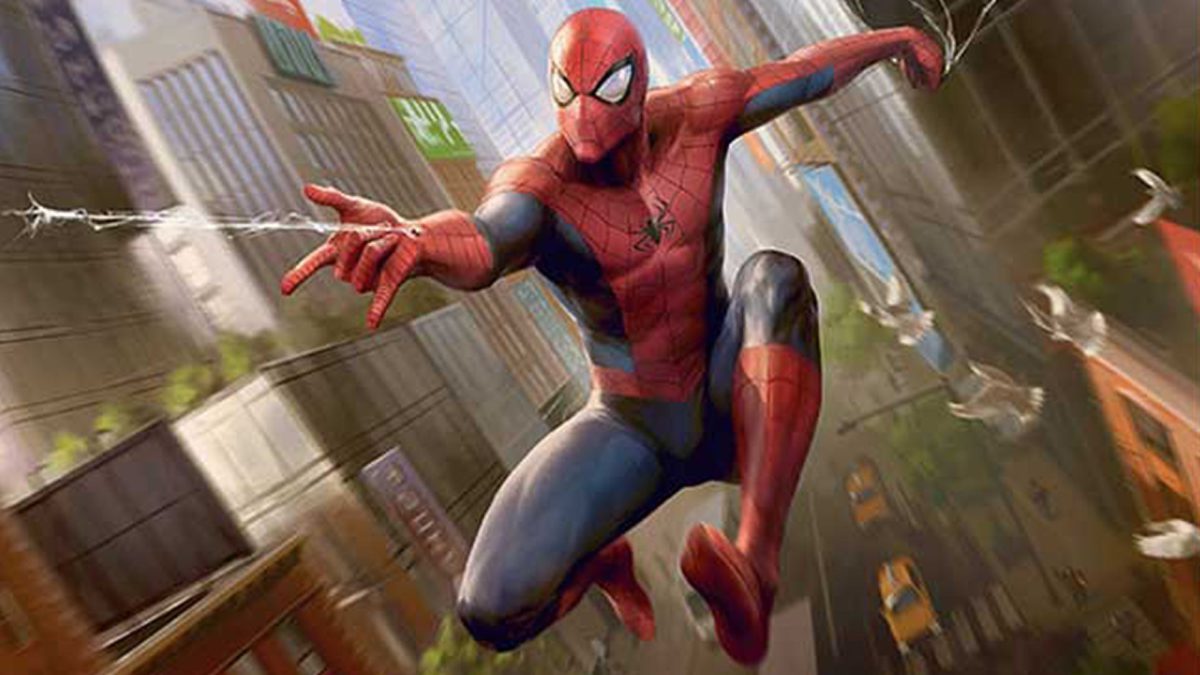The Nintendo Switch 2 and Pokémon Legends Z-A bundle is still live at Best Buy for $499.99, and it’s a smart pickup if you’re planning to get both anyway. You save $20 off the digital copy of the game, and with Switch 2 stock being all over the place, locking one in now isn’t a bad move.
On the Pokemon TCG side, both the Black Bolt and White Flare Elite Trainer Boxes have dipped below Amazon pricing on TCGPlayer, now sitting at $91.50 and $90.98, respectively. That’s some of the best pricing we’ve seen outside of limited restocks, and probably your best shot at avoiding inflated third-party listings (although it’s still way over MSRP).
TL;DR: Deals For Today
Elsewhere in today’s deals, the Galaxy S24 Ultra is $799.99 at Best Buy, which is $500 off its usual price and a great buy for an unlocked flagship. ROG Ally is also down to $499.99 with the Z1 Extreme chip and 512GB storage, which makes it one of the better portable gaming options if you want full Windows access. Soundcore P20i earbuds are just $19.98, the Anker 332 Power Strip is $15.99, and the upgraded 100W Anker Nano Charging Station is $35.99. All three are practical, everyday gear at their lowest prices in weeks.
Switch 2 + Pokémon Legends: Z-A Bundle
Launching the same time as Pokémon Legends: Z-A, this bundle knocks a cool $20 off the digital price tag of the game (digital code included). We’re not at the custom limited edition console point of the Switch 2’s life cycle yet, but this is a smart way to secure the system and save some money whilst doing it. Just preorder quickly – I’m amazed Best Buy still has it live.
Pokémon Legends: Z-A (Switch 2)
This $69.99 version of Pokémon Legends: Z-A is the Switch 1 game with the Switch 2 upgrade included. From what we’ve seen so far, we’re talking 4K resolutions running at a buttery smooth 60 frames per second. Real-time battles, a fully explorable Lumiose City, and nighttime Z-A Royale events all benefit from the sharper visuals and faster load times. If you’re already going in on a Switch 2, this is the version to get. It looks like the most technically ambitious Pokémon game yet, and Switch 2 seems to be the only way to experience it at its best.
Pokémon Legends: Z-A (Switch 1)
If you’re not ready to upgrade to a Nintendo Switch 2 yet, the Switch 1 version still has an upgrade path so you have options down the line. Legends Z-A switches things up with real-time battles, an urban setting in Lumiose City, and the full return of Mega Evolutions, including 27 new forms like Mega Dragonite. The starter picks are a nice throwback, but what really caught my attention is the Z-A Royale system and Alpha Pokémon lurking across the city at night. Add in deep trainer customization and the Switch 2 upgrade option, and it’s clear the developers are trying to evolve more than just the Pokémon this time. If it plays as good as it sounds, this could be the next real shift for the series.
Black Bolt Elite Trainer Box
The fluxuations on this Elite Trainer Box has been crazy this week, but TCG Player finally has listings cheaper than Amazon starting at $91.50, around $20 cheaper than the big box giant. This is likely the cheapest you’ll find it outside of a flash sale and pot luck restocks.
Pokemon TCG White Flare Elite Trainer Box
It’s the same situation with the White Flare Elite Trainer Box, slightly cheaper than Black Bolt and around $13 worth of savings based on Amazon pricing. Again, it’s a good time to buy.
The Most Expensive Black Bolt White Flare Cards
We’re seeing some of the highest valued cards in the Scarlet and Violet era in Black Bolt White Flare. The major chase cards here are the Victini, Reshiram and Zekrom ex color rares, and there’s two variants for Victini ex. Madness.
Destined Rivals Elite Trainer Box
Down to $90.98, marking nearly $25 off its market value, this is almost the best price we’ve seen for the Destined Rivals Elite Trainer Box (it pretty much is right now in all honesty). It’s above MSRP, but good luck finding a better price during Pokémania 2025.
Prismatic Evolutions Booster Bundle
Amazon is currently $10 cheaper than TCG Player with Prismatic Evolutions Booster Bundles, but it’s still way over MSRP. Like all other sealed TCG products at the moment though, they’re hard to find for shelf price.
Pokemon TCG: Scarlet & Violet—Journey Together Booster Build & Battle Box
Not only is Amazon over a dollar cheaper, you’re saving on postage too compared to TCG Player. To break this down, you’re getting four Journey Together boosters, a 30-card deck and one of four stamped promos.
Pokémon TCG Stock Update
Amazon is finally getting into the groove with Pokémon TCG Elite Trainer Box stock and pricing, and some are the closest to MSRP the big box retailer has been for weeks. Not only is the Black Bolt ETB vastly undercutting the secondary market, Paradox Rift ETB is even cheaper (and an overlooked set in my opinion, stock up now).
There’s other great deals on ex boxes too, which are also near MSRP and around the same or just under listings on TCG Player. The sealed market is becoming more competitive, so it’s more important than ever to give eBay a quick check before hitting buy.
Nintendo Switch 2 Stock Updates
In a shocking move, Target is selling both Nintendo Switch 2 SKUs without preorders, waiting lists or raffles, so snap them up quickly. As predicted, Nintendo Switch 2’s launch window is seeing stock shortages in the US. If you didn’t preorder at launch, you’ve probably been waiting for stock drops since launch.
Amazon currently has its invitation system in place for both the standard console SKU and the Mario Kart world bundle, so it’s always worth getting on the waiting list whilst you wait. If successful, your purchase link will be live for 72 hours.
Samsung – Galaxy S24 Ultra 256GB
I don’t upgrade phones often, so seeing the S24 Ultra drop to $799.99 from $1,299.99 caught my eye. You’re getting a 200 megapixel camera, a sharp 6.8 inch OLED display, and enough power to handle anything. It works with nearly every carrier and still includes a built-in stylus, which is rare and actually useful.
ROG Ally AMD Ryzen Z1 Extreme 512GB
At $499.99, this is the lowest I’ve seen the ROG Ally go with the Z1 Extreme chip and 512GB of storage. It runs Windows, so I can launch anything I already own on Steam or Game Pass without workarounds. The 120Hz screen is sharp and responsive, and I like that I can dock it or plug in a mouse and keyboard without needing extra gear.
Soundcore Wireless Earbuds
At $19.98, these are about as cheap as I’ve seen for wireless earbuds that aren’t complete junk. You get 10 hours on single a charge, decent sound with actual bass, and the app gives you EQ control if you want to tweak things. Call quality is fine with two mics, and they’re small enough to carry around without thinking about it. For under twenty bucks, they do what they’re supposed to without falling apart.
Anker 332 USB C Power Strip Surge Protector
For $15.99, this is cheaper than most basic surge protectors and does way more. You get six outlets, USB-C charging with 20W power delivery, and a compact design that actually fits in tighter spots. It’s not going to blow you away, but it’s soound for a desk or nightstand setup, and the surge protection is better than the usual bargain bin stuff. At this price, I’d grab one just to stop moving my charger between rooms.
Anker Nano Charging Station
At $35.99, this is one of the few charging stations that can handle a laptop and still have room for everything else. Two USB-C ports, two USB-A ports, and three AC outlets is more than enough for a desk setup, and the 100W output means it actually charges a MacBook Pro properly. It keeps cables out of the way and cuts down on the need for multiple bricks. It’s compact, works well, and replaces at least two chargers and a power strip in one go.
Portable Neck Fan With LED Display
At $17.99, this neck fan is cheaper than a cumbersome handheld fan and way more useful. It’s lightweight, quiet, and actually hands-free, which makes it easy to wear while working, traveling, or just trying to survive another summer heatwave. The LED display is a nice bonus since you don’t have to guess how much battery life is left, and the bladeless design means no hair tangles. Five speed settings and up to 15 hours of runtime for under twenty bucks? That’s a win.
Fourth Wing (Wing and Claw Collection) (The Empyrean, 1)
If you’re collecting The Empyrean series, this new edition of Fourth Wing is worth a look. It’s down to $23.09 right now, and the updated hardcover comes with stenciled edges to match Iron Flame and Onyx Storm, which should appeal to anyone trying to keep their shelf setup clean and consistent. This is a limited first print run for the U.S. and Canada, so it’s a good chance to own a unique version of your future favorite book series for a steal.
Iron Flame (Standard Edition) (The Empyrean, 2)
If you’re already deep into Fourth Wing, grabbing Iron Flame for $13.92 is a no-brainer, especially with the list price pushing $30. The narration from Rebecca Soler adds a solid layer to the story, and this sequel dives straight into the brutality and politics of Basgiath without slowing down. Things are darker, the stakes are higher, and Violet’s got even more to lose. It’s long, intense, and exactly what fans of the first book are probably hoping for.
Anker Laptop Power Bank, 25,000mAh
The 25,000mAh capacity on this bad boy is enough to charge a laptop and a few other devices on the go, with the triple 100W USB-C ports make it way more versatile than your average power bank. The built-in cables are a smart touch, especially for travel or work setups where digging for the right cord gets old fast.
The Dark Knight Trilogy – Amazon Exclusive
At $129.99, this trilogy set is definitely on the premium end, but it’s one of the few collections that actually justifies the price. You’re getting all three Dark Knight films in 4K with HDR, plus Blu-rays and digital copies, all packed in exclusive Steelbook cases that are made for collectors. Nolan’s trilogy still holds up as some of the best superhero filmmaking, and if you’re going to own it this is the version to get.
Funko Pop! Plus: The Lord of The Rings – Frodo Baggins
At $14.99, this Frodo Pop is a nice pickup if you’re into Lord of the Rings or building out a Funko display. It’s the glow-in-the-dark version, and Funkos usually hold up well over time on a shelf or desk (especially boxed). For the price, it’s a low-effort way to round out a collection or grab a gift that doesn’t feel like a cop out.
BOOKOO Jump Starter 2000A
For under $35, this jump starter is a solid backup to keep in the car, especially with how often batteries can die without warning. It’s rated for larger engines, works in extreme temperatures, and includes extras like USB ports, a flashlight, and a hard case for storage. Most jump starters at this price don’t offer that kind of flexibility or power.
TAMASHII NATIONS – X-Men – Cyclops (GAMERVERSE)
Cyclops GAMERVERSE S.H.Figuarts figure from Tamashii Nations is now up for preorder at Amazon for $100, and it’s packed with the kind of articulation and premium detail the line is known for. You’ll get three interchangeable optic blast effects, from a subtle glow to full-blown superblast, plus multiple visors, facial expressions, and hand options to fully recreate your favorite poses. It even includes a special mount for background displays.
Small Soldiers 4K UHD Steelbook + Digital
Joe Dante’s Small Soldiers is back with a bang in this new 4K UHD Steelbook edition, now just $25.99 (down from $30.99) on Amazon. Combining the mischief of Gremlins with the firepower of G.I. Joe, this cult classic delivers practical effects chaos and ‘90s nostalgia in equal measure. Featuring Gregory Smith, Kirsten Dunst, and the late Phil Hartman in his final film role, the Steelbook includes a crisp remaster and digital copy.
Serenity (2005) – 20th Anniversary Limited Edition Steelbook 4K
Firefly fans, this is the definitive edition you’ve been waiting for. The 20th Anniversary Limited Edition Steelbook of Serenity is now available for $29.96 (down from $34.99) and includes 4K UHD, Blu-ray, and digital formats and a massive lineup of bonus content. Directed by Joss Whedon and starring Nathan Fillion, Alan Tudyk, and Summer Glau.
Compressed Air Duster: 100000RPM
RELIDOL Compressed Air Duster is a powerful, eco-friendly cleaning tool that’s up to 44% off today at just $27.99 (regularly $49.99). With a blazing-fast 100,000RPM motor and three adjustable airflow modes, it clears dust, crumbs, and debris from keyboards, PC towers, car interiors, and more in seconds. The built-in LED light helps you spot hidden grime, while the rechargeable 7500mAh battery offers up to 40 minutes of cordless runtime.
The Legend of Zelda Hardcover Book Sale
Nearly every The Legend of Zelda hardcover book you need for your collection is available in this sale with some cracking discounts. It includes my favorite one, Hyrule Historia, that fills in more than a few gaps in the LoZ lore, although the timeline has already been slightly retconned. It also includes full and expanded official guides for Breath of the Wild and Tears of the Kingdom.
KRK Kreate Powered Studio Monitors
I can personally guarantee a set of powered studio monitors will sound better than almost any sound system with or without a subwoofer. The new line of KRK Kreate studio monitors aren’t just for recording music (Although they’d do an amazing job), they’re a versatile sound option for content creation, editing, gaming, watching TV and movies and more. Buyers can even teather to them via Bluetooth for no fuss connections.
I’ve been using the 8-inch speaker models for a couple of weeks now, and they destroy my soundbar and subwoofer combo that costs nearly double the price. There’s precision adjustments knobs on the back, which I keep mostly in neutral with volume up by half for a crisp flat sound with the right amount of bass. Although that can be cranked up when needed.
I use an audio splitter so my Krate 8s can handle my Nano QuadCortex guitar amp moddler, my TV audio and gaming PC audio for the best experience. For me, going from a 3-inch to 8-inch speaker option is night and day. The clarity difference and range is top-tier, not to mention the jack, XLR and aux outputs available on each monitor that fits in perfectly in everyone’s setup. You’re getting top-of-the-range brand quality without the “gaming” brand tax, it’s a win-win.
Apple AirPods Pro 2
AirPods Pro 2 are one of those earbuds I appreciate for their mix of sound quality and thoughtful features. At $199, they offer a strong balance of value and performance. The active noise cancellation blocks out a lot of background noise while adaptive audio automatically adjusts based on your surroundings. You get four sizes of silicone tips for a customizable fit, and once those are set they stay comfortable even through longer listening sessions. The personalized spatial audio and hearing aid features add extra depth, giving them more flexibility than just a standard pair of wireless earbuds.
INIU Portable Charger 10000mAh 45W
Ideal for carrying around when you’ve forgotten to put your phone on charge overnight, 45W is more than enough power to charge anything on the go, from phones to the Nintendo Switch 2. Who can argue for $12?
Donkey Kong Bananza
If you own a Switch 2 and not Donkey Kong Bananza, there’s something a-miss. We’ve given it a rare 10/10, and it’s officially Nintendo’s latest handheld’s first killer app and system seller. It’s from the same team behind Super Mario Odyssey and takes full advantage of the power packed into Nintendo Switch 2. Get it, play it, then thank me later.
Christian Wait is a contributing freelancer for IGN covering everything collectable and deals. Christian has over 7 years of experience in the Gaming and Tech industry with bylines at Mashable and Pocket-Tactics. Christian also makes hand-painted collectibles for Saber Miniatures. Christian is also the author of “Pokemon Ultimate Unofficial Gaming Guide by GamesWarrior”. Find Christian on X @ChrisReggieWait.

